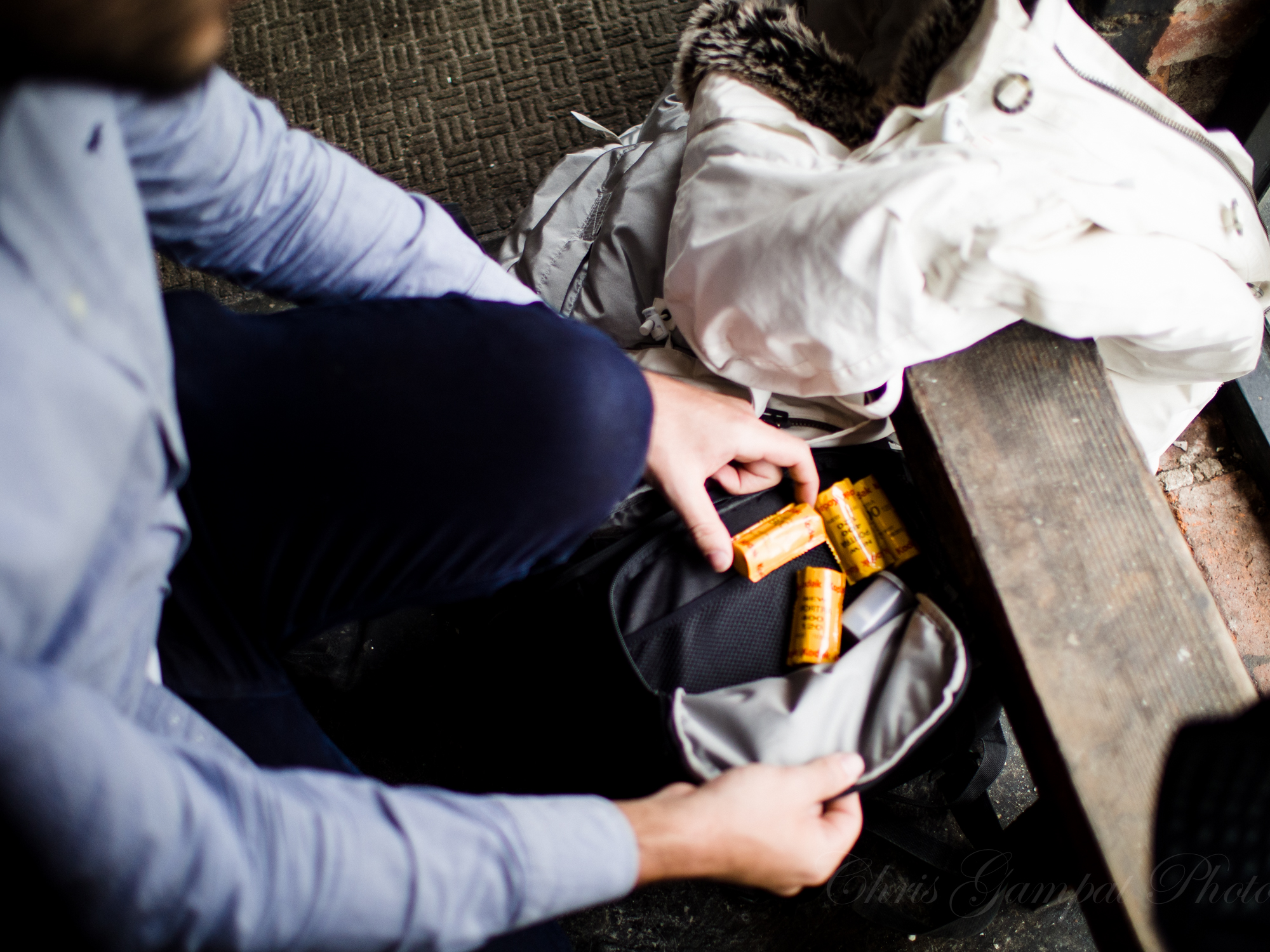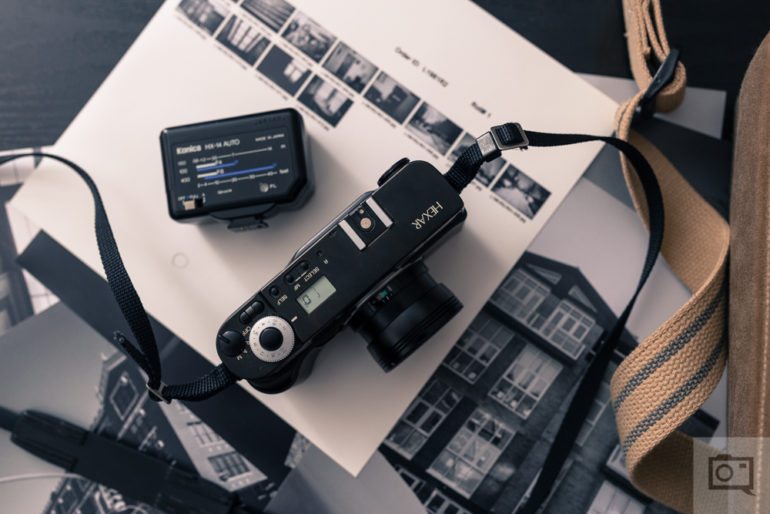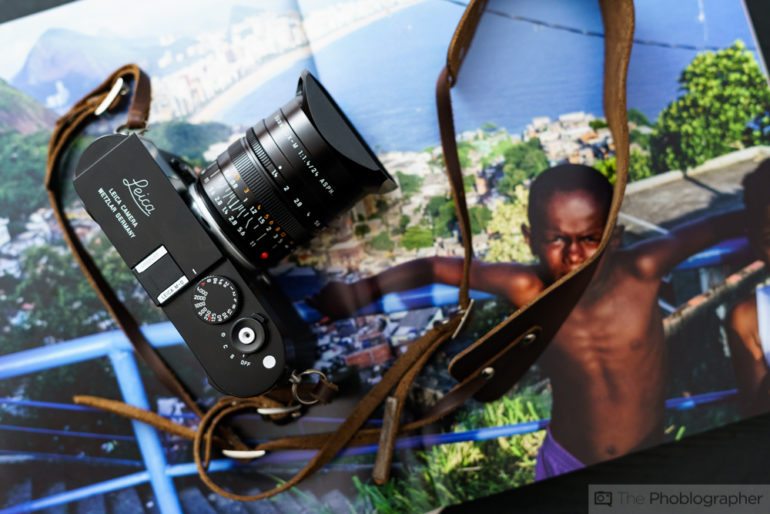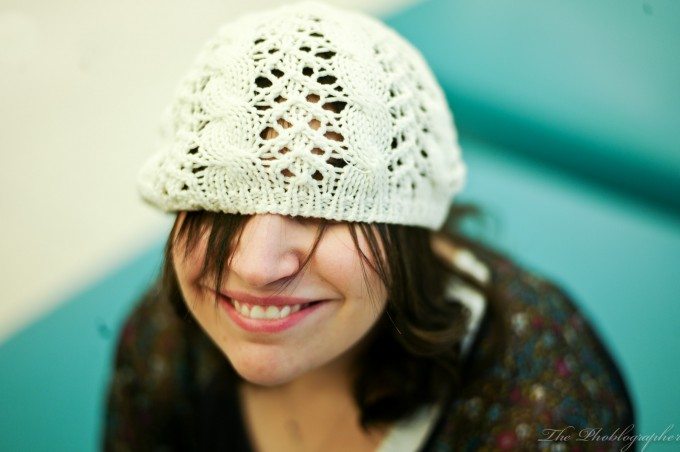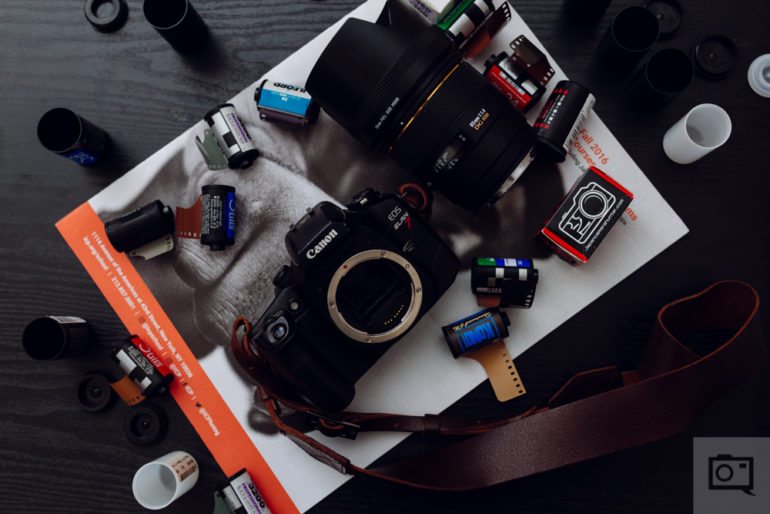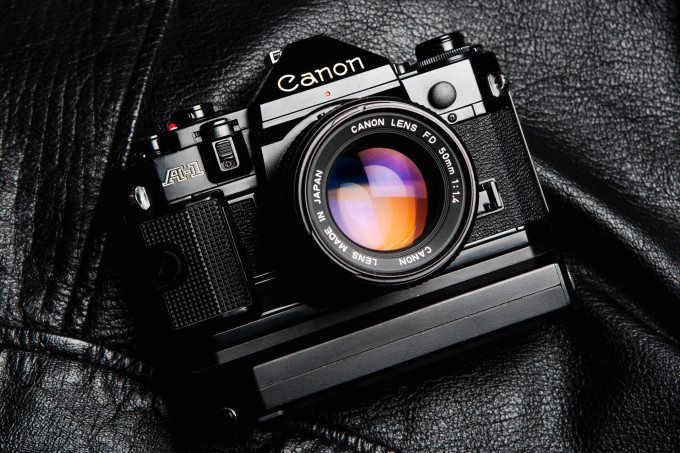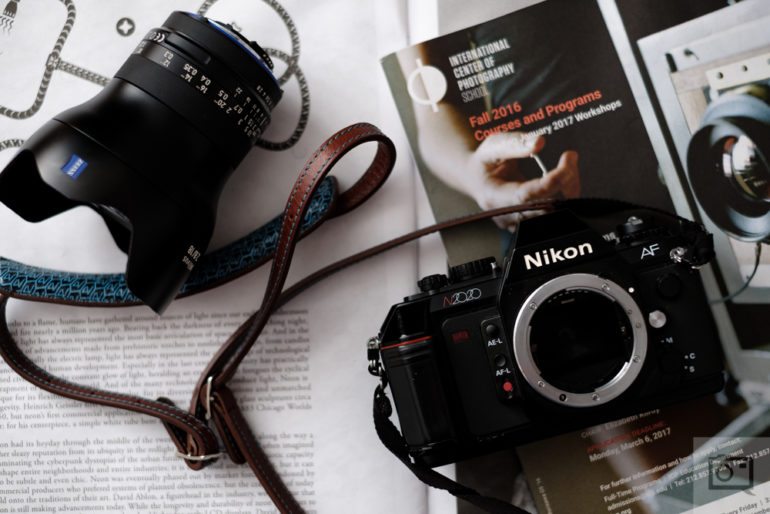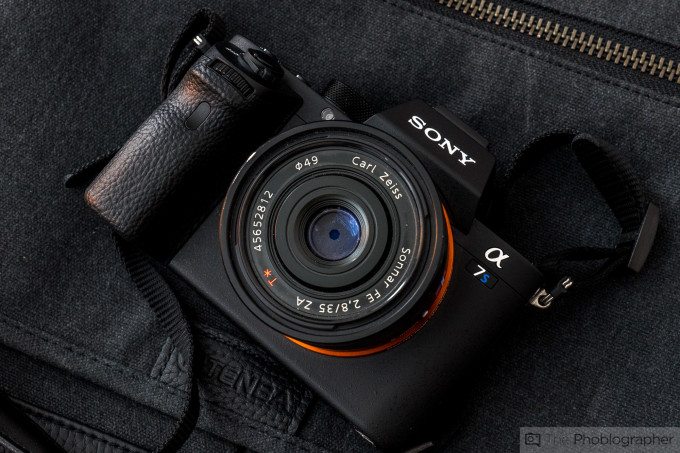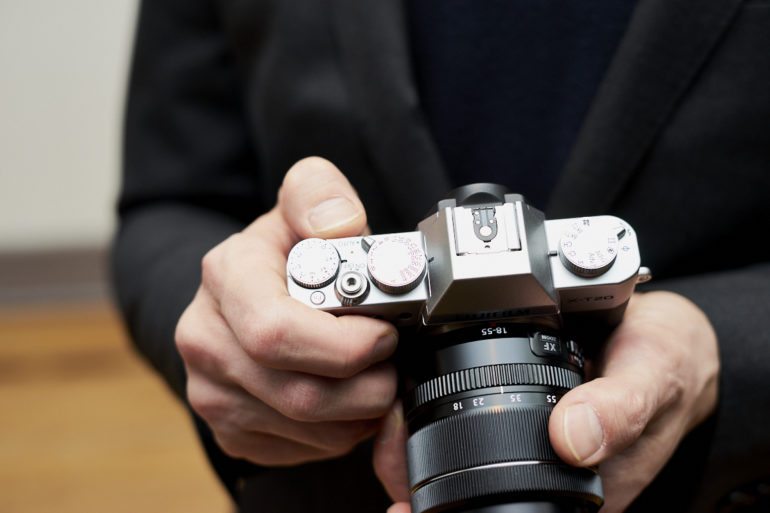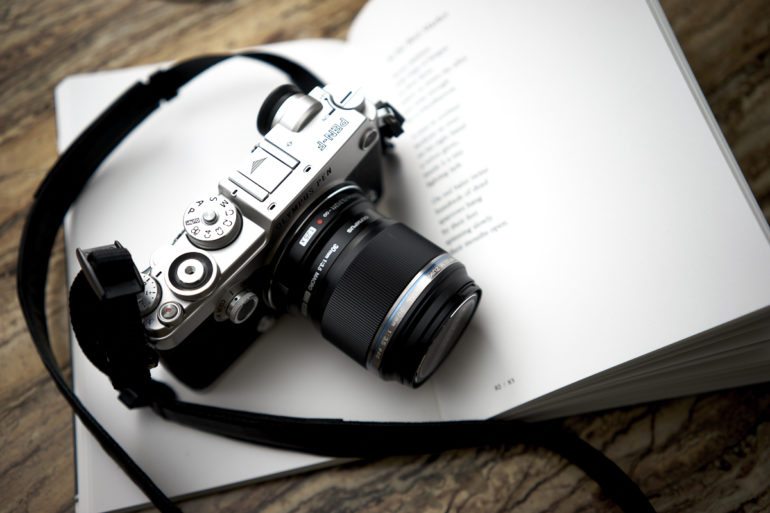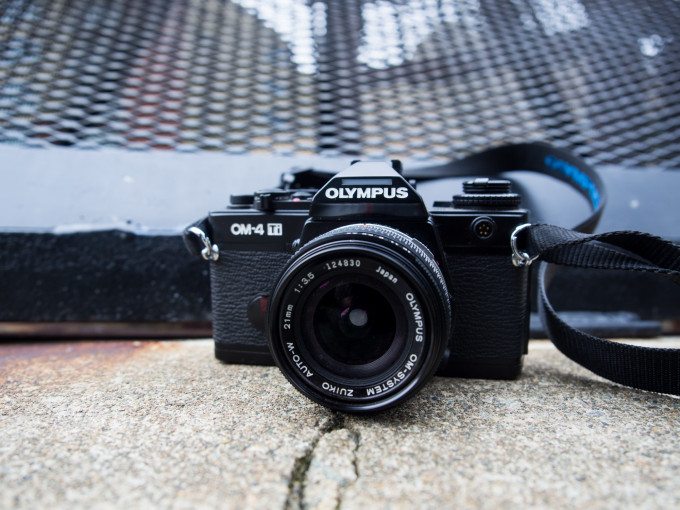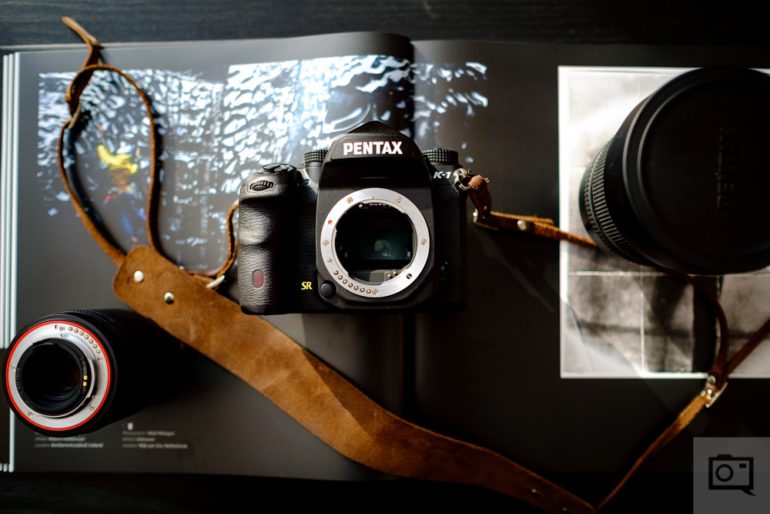Last Updated on 02/14/2017 by Chris Gampat
If you’ve even decided to click on this article then you’re probably aware of some of the frustrations some of your fellow photographers feel. Let’s preface this: four or five years ago you may have purchased a Fujifilm X Pro 1. Last year it was updated, giving it a sufficient four year life span. Now you want to upgrade, and you’re finding they’re still going for at a ridiculously low price brand new and only a few hundred used. But the newer cameras like the Fujifilm X Pro 2 costs around $1,699. Fujifilm isn’t exclusive to this: so too is Sony and the Micro Four Thirds coalition.
Now if you look at some of the film camera bodies, you’ll start to realize just how well they hold their value–especially if the system is still current.
In this post, we’re going to break down some of the most valuable systems and some of the least.
Point and Shoots
Before I get into specific brands here, I want to begin with the segment of film photography that’s most dear to me: point and shoots. Certain film point and shoots or fixed lens rangefinders command a premium. They’ll do this due to their ease of use, reliability and legendary nature. For example: some of the best film point and shoots are the Contax T2, Hexar AF
, Olympus XA
, Fujifilm Noctura, etc. They’re heavily in use with party photographers and street photographers.
Not every point and shoot holds it value, but many do.
Pro tip: If you’re going to purchase any of these cameras, either go Japanese or local. Japanese culture tends to have a fixation on getting something absolutely perfect and specific. They strive for perfection. So if they find a Hexar AF and there’s a scratch on it, they’ll discount it pretty heavily. Americans and Europeans tend to not care about things like that–and sometimes we even like a bit of wear on our cameras.
Leica
Arguably, Leicas hold the most value here partially because of their slower release of new products, well built designs, and compatibility with a system of lenses that have been around for a long time. Though some things about the cameras can make you scratch your head, they surely tend to hold their value, at least in the M lineup. The S lineup has dropped dramatically in price point when you’re considering their camera bodies, though the lenses still hold their value. The R series of Leica SLR cameras was very affordable for a while, but, when the Leica M was announced the price point went up.
A Leica camera body will hold its value and sometimes it will even go up. The Leica M9 has a sensor unlike anything else on the market these days and can deliver a seriously beautiful look if the photographer using it is very film-minded.
The Leica digital M bodies hold their value, but not as well as the film bodies. To this day, the Leica M6 is still incredibly highly regarded amongst many photographers as is the Leica M4-P. The Leica CL
–which technically isn’t even a Leica also jumps in price every now and again.
Canon
Canon is a special beast in some ways. When you look at and think about Canon, their cameras are heavily in use with professional photographers. Well, their EOS lenses are. But cameras like the Canon EOS 1V–which was the best EOS film body you can still get your hands on really holds it value well and sometimes goes for over $600. Their higher end L lenses also tend to hold their value for a while.
To this day it baffles and amazes me that the Canon 50mm f1.2 L II and the Canon 85mm f1.2 L still go for so much more money when they’ve been clearly outclassed in every way by modern optics. Want a similar but better look? Go Zeiss. Want sharpness? Take a look at Sigma. Want something affordable and yet still sharper? Tamron’s got a great look. Plus all of those lenses with the exception of the Zeiss are faster to focus–the Zeiss is manual focus and can arguably outdo the AF speed on the new 85mm.
Despite all this, the higher end of Canon’s L lenses still hold their value with the best of any DSLR manufacturer out there. Even more surprising: a camera like the Canon 5D Mk II still holds its value pretty well.
The FD and the Screw mount 7 series of cameras and lenses are well liked by enthusiasts, but generally speaking don’t tend to go as high as the EOS lenses and bodies do. Part of this is the fact that they’re no longer supported. But if you get your hands on a Canon 50mm f0.95 lens from the 7 series of rangefinders, you’ll find it very highly in demand despite there being more affordable options made from Chinese manufacturers.
Nikon
Of any of the DSLR manufacturers out there, Nikon cameras probably hold their value the most. The Nikon F6, which was Nikon’s last professional film camera, still goes for a very high amount of money. Their lenses and cameras are all mostly compatible with one another. The new series of G lenses work with the film cameras that have G lens support–which means the company’s exceptional 105mm f1.4 lens will work on the F6.
The company’s cheaper bodies like their Nikon N2020 go for peanuts.
Something else to consider: some of their more alternative film bodies. Nikon had some very nice rangefinders which are rare and tough to get your hands on. But if you get one, you’ll cherish it. Then there are cameras like the Nikonos and many more.
Sony
Sony is an odd duck in a way. Their film camera presence isn’t as strong as the other brands here, but Minolta was. Sony bought out Minolta years ago–and they were the manufacturer of some fantastic cameras and lenses. A lot of the Minolta Alpha system is still present in a lot of Sony’s cameras. It isn’t just with the logo, but the flash system, the mode dials, the lens system, etc.
Minolta bodies amazingly do hold their value in many regards. The Minolta a9 still has a lot of value–more so than the Minolta a7 despite the a7 having a few different features and being a newer camera.
Sony’s E mount system is a bit of an odd duck though. The Sony a7s and the Sony a7r are holding their values pretty well. But the standard Sony a7 hasn’t due to heavy discounting from the company. For what they’re worth though, you’re getting the most bang for your buck from Sony. You won’t need to upgrade anything for a really long time despite fairly short camera lifespans.
Fujifilm
Fujifilm is another interesting brand when it comes to holding their value. The company, which made the glass for Hasselblad for a long time, has gone fully into the incredible X series system. However, their bodies don’t hold value so well. The company’s lenses are already pretty affordable so that also negates their value holding abilities in some ways. Of course, this is also an odd case by case basis. The older lenses like the 35mm f1.4 were at one point very affordable until a price jump. Now they’re more expensive than their f2 counterpart.
The bodies don’t hold their value so well despite having fairly long life spans. Why? I’m not exactly sure.
Fujifilm’s film cameras though? Oh man, those hold value. The X Pan? Or their GW series of rangefinders? They’re fantastic and hold value for sure.
Micro Four Thirds
Olympus and Panasonic’s cameras and lenses have always been fairly affordable for what they are. But because of market perspectives, their cameras tend to not really hold their value. Combine this with aggressive pricing in almost the same vein of Fujifilm and Sony, and you get a system that puts out good cameras but doesn’t give you a whole lot of return when you want to sell.
Another part of this: Micro Four Thirds lenses tend to not have such a long life span. For years you could expect a lens to have a lifespan of 10 years. But with M43, it tends to be somewhere around five years.
However, Voigtlander makes a number of lenses for the system and those hold their value incredibly well.
Now, the film camera bodies on the other hand? The OM system has always held its value significantly better than the Pen camera system. One of the company’s best cameras is the OM4-Ti which has a metering system significantly better than most of what’s possible with digital.
If Olympus had made the OM system truly digital, they would have easily held onto a whole legacy of incredible lenses.
Pentax
Here’s where I’m probably going to offend some, but others will know I’m speaking the truth. The Pentax system has always been known for offering good optics at a very low price point. Rumor has it that they made some of the glass in a few Contax lenses. For their 35mm system of cameras, the higher end of the bunch tends to hold its value. But the rest are still very affordable. Their lenses are and always have been affordable. To that end though, they’re still very good.



